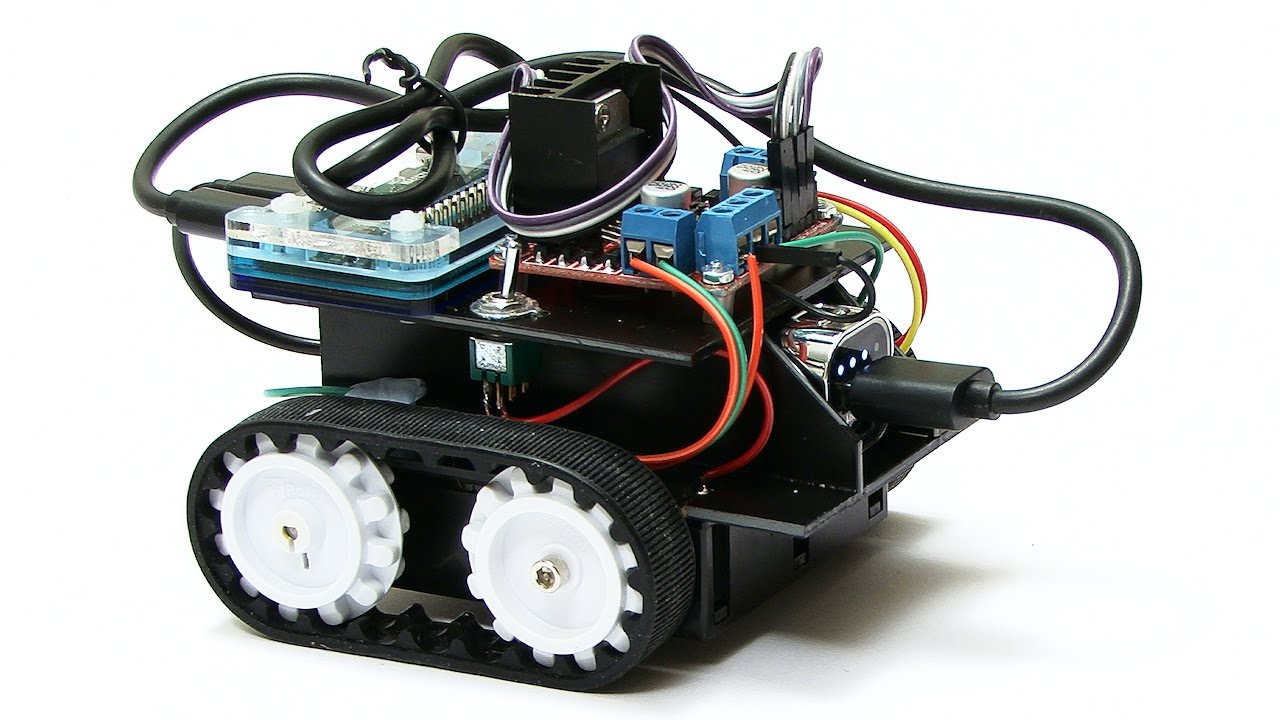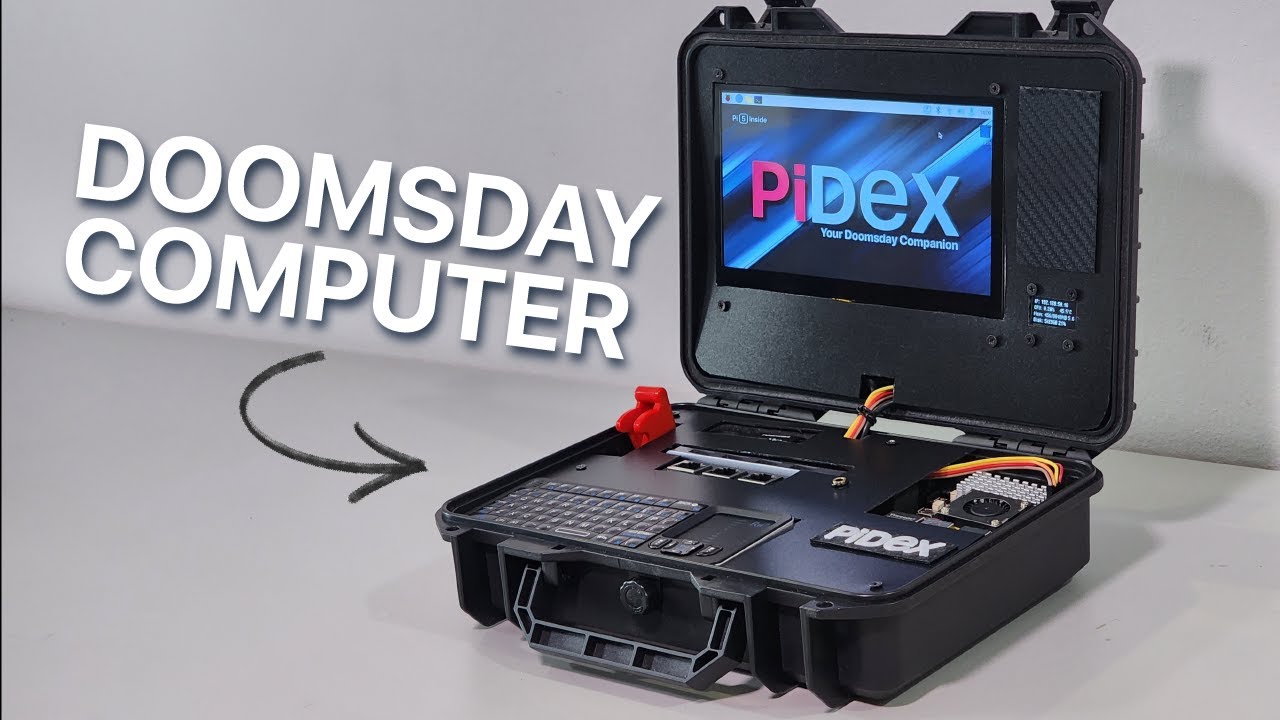
The Rise of Raspberry Pi Robotics: A DIY Revolution
The field of robotics has undergone a remarkable transformation over the past decade. Once viewed as a niche area dominated by professionals and equipped with hefty price tags, robotics is now accessible and affordable for the hobbyist and DIY communities. Central to this shift is the burgeoning popularity of Raspberry Pi, a miniature computer that has become a staple in various creative projects, especially robotics.
The Raspberry Pi Phenomenon
Raspberry Pi has dramatically changed the landscape of robotics. These small, single-board computers provide an affordable option for enthusiasts to bring their robotic visions to life. The proliferation of Raspberry Pi in the maker community stems from its compact size, low cost, and extensive open-source resources. From educational tools to practical applications, individuals are discovering that building robots has never been easier.
As noted, innovations like the Barobo Mobot offer modular kits, perfect for those new to robotics. Designed for beginners, these kits make it straightforward to start experimenting without the hefty investment that once characterized robotic projects. With the integration of Raspberry Pi, users gain a sophisticated computing platform that enhances the capabilities of their creations.
 The accessible world of Raspberry Pi Robotics
The accessible world of Raspberry Pi Robotics
Enabling the Dreamers: More Than Just Toys
The impact of Raspberry Pi extends beyond educational use; it serves as a beacon for innovation. We are witnessing a renaissance in DIY robotics, with hobbyists designing everything from automated gardening systems to robotic arms for 3D printing. This newfound accessibility is fostering creativity and collaboration among makers, bridging the gap between those who have the resources to build high-end robots and those with an eagerness to learn.
In the face of these advancements, professionals in tech are continuously seeking ways to integrate robotics into real-world applications. For instance, AI and machine learning are gaining traction alongside Raspberry Pi projects, allowing users to develop solutions that enhance efficiency and execution in various sectors, including logistics and manufacturing. Promising technologies such as AI-driven robotics hold the potential to reshape our working environments.
Advancing Security in the Age of Rapid Digitization
While robotics and AI stand at the forefront of technological advancement, they also raise important questions regarding security. A recent rise in ransomware attacks, notably by a group known as Interlock, underlines the vulnerabilities present in systems where robotics and AI might be integrated.
These attacks specifically target entities reliant on FreeBSD servers, highlighting the critical need for enhanced security standards. The operations of this ransomware group illustrate how opening avenues for innovation can also expose weaknesses with regard to data protection.
Ilia Sotnikov, a Security Strategist at Netwrix, shared crucial recommendations to stave off cyber threats: “Implement multi-layered security measures to prevent initial breaches and minimize privileges.” The zero-trust principles are more pertinent than ever, demanding a re-evaluation of how organizations safeguard their networks while embracing burgeoning technologies like robotics and AI.
Future Directions: A Call to Arms for Makers
For those immersed in robotics or those considering diving into this realm, it is an exhilarating time indeed. The fusion of Raspberry Pi technology with innovative designs enables makers to explore the uncharted territories of automation and robotics. Yet, with the excitement of discovery comes the responsibility of practicing sound security measures and ethical standards.
Moving forward, it is vital for the community to foster a holistic approach that values not just innovation but also the importance of safeguarding against risks. In this way, makers can contribute positively to the evolving landscape of technology that is increasingly intertwined with our daily lives and businesses.
Embracing the robotics movement in daily technology
Conclusion
In conclusion, the intersection of affordability, creativity, and technology is propelling the robotics movement, led prominently by platforms like Raspberry Pi. As makers continue to push boundaries, it is critical that they remain cognizant of the security implications involved in deploying these technologies. The overall narrative reflects an ever-expanding horizon of possibilities: one where anyone with a passion for creation can innovate responsibly while securing their journey in the robotics revolution.













